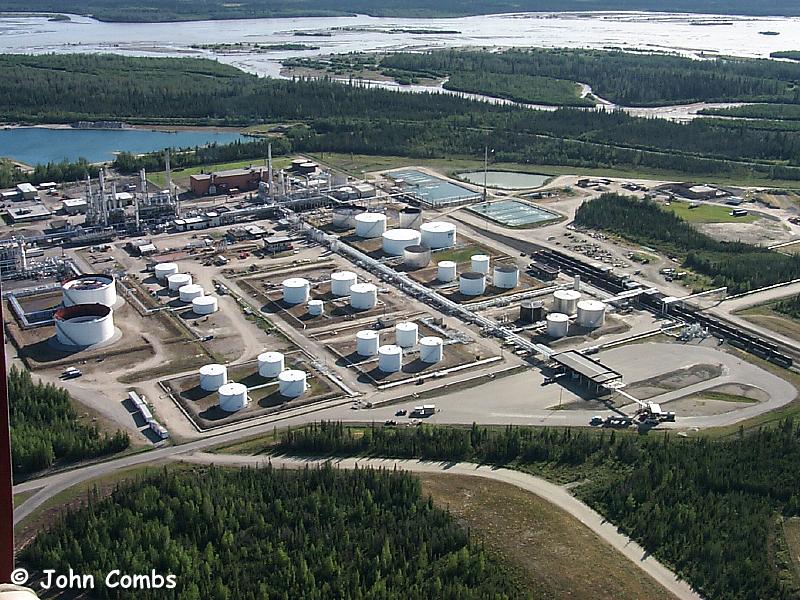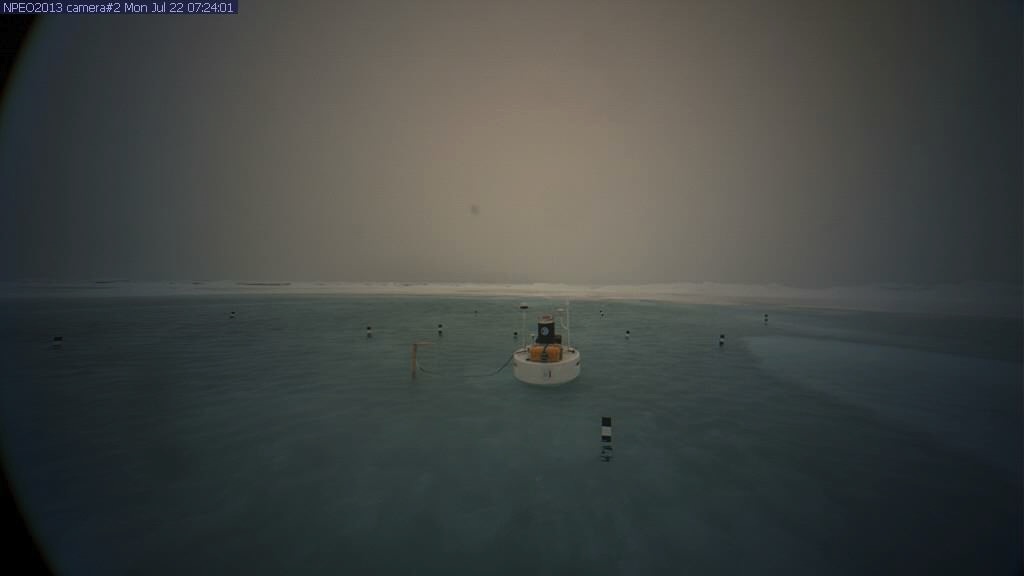
Source: Alaskarails.org
2/9/14 ICTMN.com
Since November 27, 2013, the Alaska Department of Environmental Conservation (DEC) has been receiving public comments on Flint Hill Resources’ request to reduce its liability to clean up drinking water at its North Pole refinery that is seriously contaminated with sulfolane, an industrial solvent used in the production containing gasoline.
The DEC issued a “letter of conditional approval for revised human health risk assessment for the Flint Hills North Pole Refinery regarding the alternative cleanup level for sulfolane in local groundwater,” and a public notice allowing for comments. The deadline for public comment is February 10, 2014.
On February 5, Flint Hills Resources Alaska, a subsidiary of Koch Industries, announced that it would be closing its refinery this summer, laying off 80 employees, and leaving Alaska after contaminating the municipal water supply and water wells for more than 300 families. Company officials cited the cost of cleaning up the contaminated water as one reason for closing the refinery.
Last year, the Alaska DEC established a site-specific alternative cleanup level for sulfolane in groundwater of 14 parts per billion (ppb). DEC decided on that level using new toxicity data and on the advice of state and federal agencies.
But Flint Hills wants a lower alternative cleanup level of 362 ppb, leaving 348 ppb of contamination in Alaska’s waters. According to the DEC’s Contaminated Sites program, Alaskans should not drink water if it has over 25 ppb of sulfolane. “If your water well results showed above 25 parts per billion sulfolane, we advise you not drink the water,” cites a warning on its website.
At the National Toxicology Program Board of Scientific Counselors meeting in December 2011, Dr. Chad Blystone of the National Institute of Environmental Health Sciences reported that sulfolane is a highly polar chemical that is presumed not to break down and is absorbed by plants (your food).
The sulfolane contamination in the North Pole affects more than 300 wells, and the exposure may last up to 20 years, according to the DEC. Contamination from the plume is estimated to be over 2.5 miles wide and three miles long.
Some studies observe symptoms of neurotoxicity: convulsions, seizures, hyper/hypo-activity, and hypothermia. In a sulfolane inhalation study on animals, Dr. Blystone reported 37 days mortality in monkeys, chronic lung inflammation in all animals, chronic liver inflammation in rats after 90 days, and decreased white blood cells and mortality in dogs and monkeys.
Responding to news of the refinery closure, Rep. Don Young said, “We see companies like Flint Hills shuttering their operations due to deteriorating conditions caused by diminished supplies and onerous regulation.”
Onerous regulations, like cleaning up after your mess?
“This is a sad day for the entire Interior region and Alaska as a whole,” said Rep. Pete Higgins, R-Fairbanks. “We will be looking to the governor for his leadership in the coming days, which will hopefully address the Dept. of Environmental Conservation decisions that forced Flint Hills into making this announcement. This will have far-reaching impacts economically to the Interior. The news hit us hard and fast today, and we will be working with the governor and the DEC to alleviate the impact to the families and businesses affected by the shutdown.”
Rep. Steve Thompson, R-Fairbanks, said, “The announcement today regarding Flint Hills shutting its doors came as a shock. We will continue to monitor the situation as to loss of jobs, groundwater contamination, and the economic impact this will have on our community.”
But Mike Wenstrup, Chair of the Alaska Democratic Party, said what a lot of Alaskans are thinking: “Interior Alaska knows actions speak louder than words: The Koch Brothers are closing the refinery and tossing Alaska aside while choosing to invest hundreds of millions in political attacks. It shows how little they care about Alaska and Alaskans.”
Ann Farris, an engineer with Alaska DEC who served as on the multiagency team formed to deal with the sulfolane contamination said, “This is the biggest plume of sulfolane groundwater contamination ever, and it’s the biggest groundwater-contamination plume involving an industrial substance in Alaska.”
I don’t live in North Pole. I am just an Alaskan who would like our land not to be left contaminated by companies that have economically benefitted from our natural resources. It was sad to read many of Alaska’s so-called leaders jumping on the bandwagon to defend Flint Hills Resource Alaska business instead of being outraged by the fact they want to pack their bags, leave our groundwater contaminated, and then expect Alaskans to clean up their mess.
Myrna Gardner is the CEO of 3R Products and the Managing Member of MGM Properties, LLC. She resides in Juneau, Alaska.


